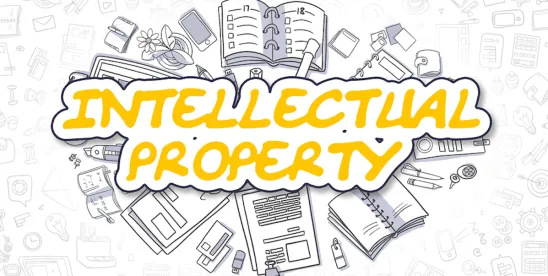In a matter of first impression, the US Court of Appeals for the Federal Circuit found that inter partes review (IPR) estoppel does not preclude a petitioner from relying on the same patents and printed publications as evidence in asserting a ground that could not have been raised during the IPR proceeding, such as that the claimed invention was known or used by others, on sale, or in public use. Ingenico Inc. v. IOENGINE, LLC, Case No. 23-1367 (Fed. Cir. May 7, 2025) (Dyk, Prost, Hughes, JJ.)
IOENGINE owns patents directed to a portable device, such as a USB thumb drive, that includes a processor that causes communications to be sent to a network server in response to user interaction with an interface on a terminal. Ingenico filed a declaratory judgment action against IOENGINE after one of Ingenico’s customers was sued for infringement based on Ingenico’s products. Ingenico filed IPR petitions challenging the asserted patents, which resulted in final written decisions that held most of the challenged claims unpatentable.
Back at the district court, IOENGINE proceeded with the remaining claims. At summary judgment, IOENGINE moved, under 35 U.S.C. § 315(e)(2), to preclude Ingenico from relying on “documentation related to DiskOnKey Upgrade software,” arguing that Ingenico reasonably could have been expected to raise that prior art during the IPR proceedings. The district court ruled that “Ingenico will be estopped from relying on those documents [to prove invalidity] except to the extent . . . that they form part of a substantively different combination of references that could not reasonably have been raised in the IPRs.”
At trial, Ingenico introduced evidence of a prior art USB device known as the DiskOnKey. The DiskOnKey device was offered with various software applications, including an application called Firmware Upgrader, and was equipped with capabilities described in a Software Development Kit (together, the DiskOnKey system). Ingenico argued that the DiskOnKey system invalidated the asserted claims as anticipated or obvious because it was either “on sale” or “in public use” under 35 U.S.C. § 102(b), or “known or used by others . . . before the date of the invention” under 35 U.S.C. § 102(a). The jury returned a verdict finding the patents were infringed but invalid as anticipated and obvious. Both parties appealed.
IOENGINE did not dispute the jury’s finding that the DiskOnKey system invalidated the claims-at-issue as anticipated or obvious if the DiskOnKey system was prior art, but instead argued that the jury’s finding that the Firmware Upgrader portion of the DiskOnKey system was either “on sale” or “in public use,” or “known or used by others . . . before the invention.”
The Federal Circuit found that the jury’s finding that the Firmware Upgrader was accessible to the public was supported by substantial evidence. Specifically, Ingenico had introduced a press release promoting the launch of the Firmware Upgrader and a website from which the Firmware Upgrader was available for download. IOENGINE argued that this evidence did not show actual use, but the Court rejected this argument, finding there was substantial evidence in the record from which the jury could have concluded that the DiskOnKey system, including the Firmware Upgrader, was in public use.
IOENGINE also asserted that the district court improperly allowed Ingenico to rely on prior art at trial, arguing that under 35 U.S.C. § 315(e)(2), Ingenico should have been estopped from presenting the Firmware Upgrader. IOENGINE asserted that IPR estoppel applied because the Firmware Upgrader was entirely cumulative and substantively identical to the Readme instructions and screenshots – which, according to IOENGINE, were printed publications that reasonably could have been raised during the IPR.
Under § 315(e)(2), a petitioner is estopped from asserting invalidity “on any ground that the petitioner raised or reasonably could have raised during that inter partes review.” The Federal Circuit stated that whether Ingenico should be estopped depended on the proper interpretation of the term “ground” used in the statute. Analyzing the statutory language and legislative history surrounding the statute, the Court found that a “ground” is not the prior art asserted during an IPR but is instead the invalidity assertion on which the prior art is based.
The only invalidity challenges that a petitioner can make during an IPR proceeding are that the claims were patented or described in a printed publication, and this is the scope of estoppel. Thus, the Federal Circuit concluded that “IPR estoppel does not preclude a petitioner from relying on the same patents and printed publications as evidence in asserting a ground that could not be raised during the IPR, such as that the claimed invention was known or used by others, on sale, or in public use.”




 />i
/>i
